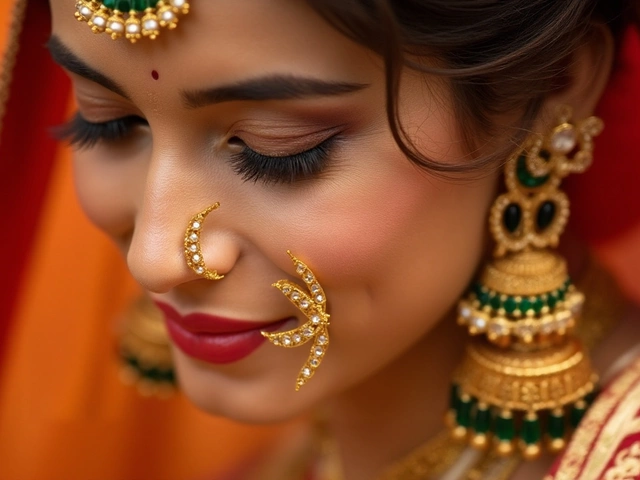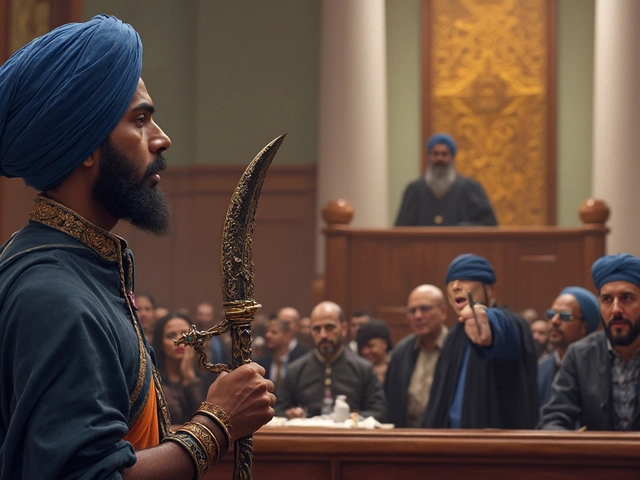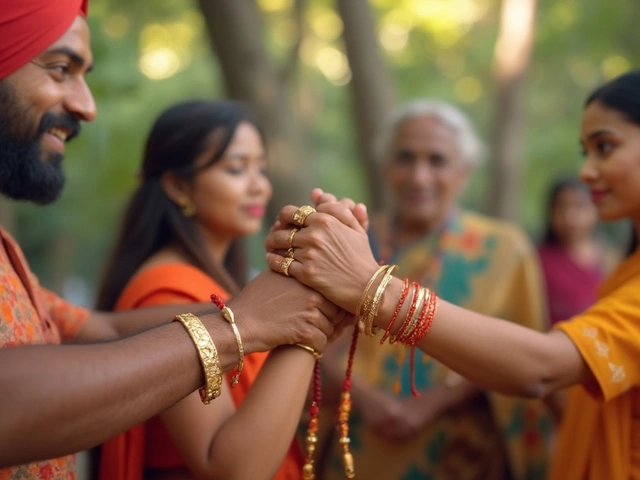Indian Clothing: Fabrics, Styles & Practical Tips
If you’re looking to add Indian wear to your closet, you don’t need a fashion degree. Just know a few basics about fabrics, fit, and the key pieces that work for everyday life or special events. Below you’ll find straightforward advice you can use right away.
Choosing the Right Fabric for Indian Climate
India’s weather ranges from humid summer heat to cool winter evenings. For hot days, cotton and linen are your best friends—they breathe, absorb sweat, and stay light. Bamboo and bamboo‑cotton blends are also cool and eco‑friendly. If you need something a bit richer for cooler nights, try silk blends or lightweight wool‑coton mixes. Avoid heavy brocade or thick silk when the temperature climbs above 30°C; you’ll feel trapped.
When you shop, feel the texture. A good cotton feels soft but sturdy, not papery. Look for a “hand‑feel” that smooths over your palm. If you’re buying online, check the product description for fiber content and read the reviews that mention comfort in summer or winter.
Must‑Have Traditional Outfits Every Wardrobe Needs
The foundation of Indian clothing is a few versatile pieces. A plain white or off‑white kurta can be dressed up with a silk stole for a wedding or kept casual with jeans for a brunch. Pair it with straight‑cut leggings or pajama pants for comfort.
Sarees are the staple for formal occasions. Start with a simple cotton‑silk blend for festivals; it drapes well and won’t wrinkle quickly. If you’re new to draping, watch a quick YouTube tutorial—just a few minutes and you’ll feel confident.
Salwar‑kameez sets are perfect for daily wear. Look for a kameez that hits just above the knee and a salwar that’s slightly loose—this gives you movement without sacrificing style. Add a dupatta in a contrasting color for a pop of vibrancy.
Don’t forget accessories. A pair of gold‑toned earrings or a thin black bangle can instantly lift a plain outfit. Choose pieces that match the fabric’s sheen; a glossy metal looks better with silk, while matte silver works well with cotton.
Finally, care for your clothes right. Hand‑wash delicate fabrics in cold water with mild detergent. Hang silk and cotton garments to dry in shade to avoid fading. A little maintenance keeps your Indian wardrobe looking fresh for years.
With these simple pointers—pick breathable fabrics, own a few key traditional pieces, and treat them gently—you’ll feel comfortable and stylish whether you’re heading to a family function or just want to add a touch of Indian flair to everyday wear.
Most Common Clothing in India: A Fashion Journey
Indian clothing is a blend of tradition and modernity, with pieces like the saree and kurta being staples in many wardrobes. This article explores common fashion choices across the country, highlighting traditional attire's enduring popularity despite the rise of Western styles. Readers will discover practical insights on how these pieces fit into modern life and their significance in India's diverse culture.





